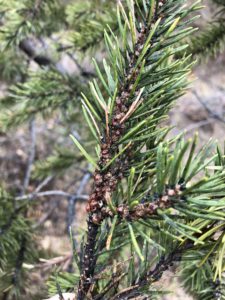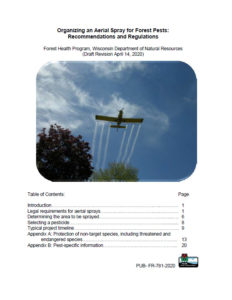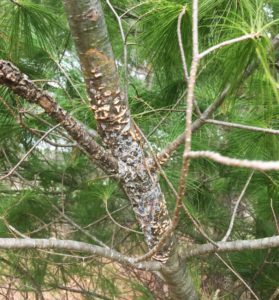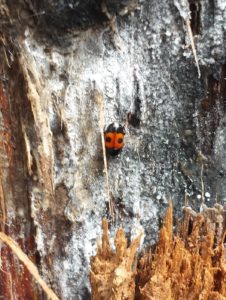By Bernie Williams, invasive plants and earthworms specialist, Madison, Bernadette.Williams@wisconsin.gov, 608-444-6948
As the weather warms up and more of us are out in our gardens digging around, it seems like a good time to learn a few things about those fascinating and beautiful worms you keep encountering.
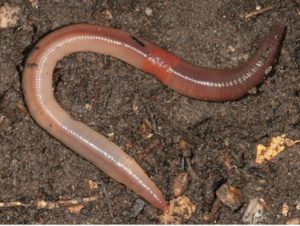
Nightcrawlers have reddish-pink bodies and can be 6-8 inches long when mature.
Continue reading “All about earthworms: nightcrawler edition”


